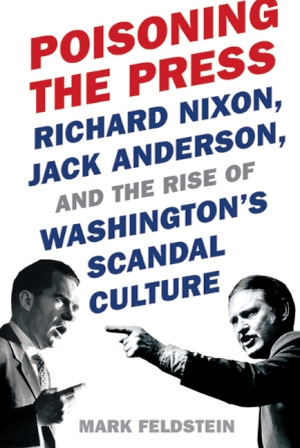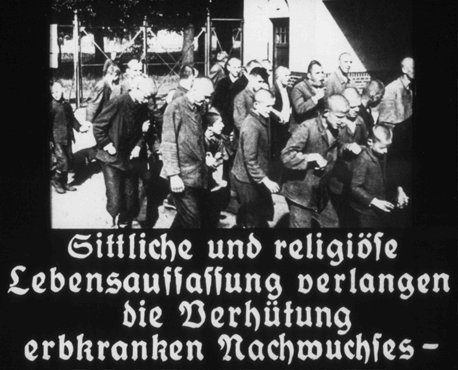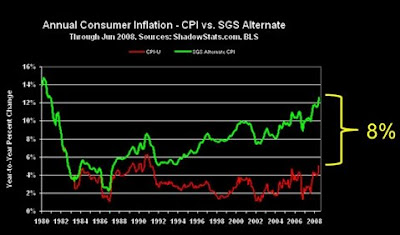Alex Constantine - December 6, 2022
Introduction by Alex Constantine
 Hitler's National Socialist Party had no need to seize political power by meaby-ns of brute force. Democracy was dismantled a brick at a time with a series of legal decrees. The process is the same in 21st century America. Highly organized Republicans muscle through legislation at the state level to impede free elections, the history of slavery is dropped from school curricula, books are banned, the rights of women revoked by the Federalist Society's highest court, Social Security is threatened -- and these are merely opening salvos in a rapidly escalating "civil war."
Hitler's National Socialist Party had no need to seize political power by meaby-ns of brute force. Democracy was dismantled a brick at a time with a series of legal decrees. The process is the same in 21st century America. Highly organized Republicans muscle through legislation at the state level to impede free elections, the history of slavery is dropped from school curricula, books are banned, the rights of women revoked by the Federalist Society's highest court, Social Security is threatened -- and these are merely opening salvos in a rapidly escalating "civil war."
Control of information under Hitler was a priority, and it was achieved via a quiet revolution. Germany's inchoate fascist regime devoted 40-percent of its efforts toward molding public opinion. True, anti-fascist reporters were subjected to beatings, torture and incarceration in the camps, but in the main, the media were brought under control of the Nazi regime by legal means.
After WW II, some ranking Nazi propagandists were tried at Nuremburg and in German courts. In the US, they are not tried. They are given free reign to provoke political violence, slander democratic spokesmen, support extreme-right candidates, and ply other opinion-shaping strategies to advance fascist ends.
Nazis systematically took legal control of the media industry, and the same process plays out in the US.
Elon Musk has bought out Twitter, and Hitler-worshipping Nazis provide the content. Newsweek is now publishing op-eds written by "conservative" commentators. Fascist indoctrination thrives online at The Daily Caller, Breitbart, FrontPage, National Review, Washington Times, New York Post, and an expanding "bubble" of Nazifying platforms.
The result is a "divided America." There was a divided Germany in the 1930s, but the country devolved into a united fascist front to advance genocide and war. That has been the idea all along in the post-American Century. Division is a passing phase.
The ultimate objective is domination of the culture by any means, and eventually open fascist rule. The past is the future if the ideological shift in information resources is allowed to continue. So know the past, fight the future:
How Hitler's Nazis Took Over The Press
National Holocaust Memorial Museum
Establishing Control of the Press
 When Adolf Hitler took power in 1933, the Nazis controlled less than three percent of Germany’s 4,700 papers.
When Adolf Hitler took power in 1933, the Nazis controlled less than three percent of Germany’s 4,700 papers.
The elimination of the German multi-party political system brought about the demise of hundreds of newspapers produced by outlawed political parties. It also allowed the state to seize the printing plants and equipment of the Communist and Social Democratic Parties, which were often turned over directly to the Nazi Party. In the following months, the Nazis established control or exerted influence over independent press organs.
During the first weeks of 1933, the Nazi regime deployed the radio, press, and newsreels to stoke fears of a pending “Communist uprising,” then channeled popular anxieties into political measures that eradicated civil liberties and democracy. SA (Storm Troopers) and members of the Nazi elite paramilitary formation, the SS, took to the streets to brutalize or arrest political opponents and incarcerate them in hastily established detention centers and concentration camps. Nazi thugs broke into opposing political party offices, destroying printing presses and newspapers.
Sometimes using holding companies to disguise new ownership, executives of the Nazi Party-owned publishing house, Franz Eher, established a huge empire that drove out competition and purchased newspapers at below-market prices. Some independent newspapers, particularly conservative newspapers and non-political illustrated weeklies, accommodated to the regime through self-censorship or initiative in dealing with approved topics.
"Aryanization"
Through measures to “Aryanize” businesses, the regime also assumed control of Jewish-owned publishing companies, notably Ullstein and Mosse.
Ullstein, which published the well-known Berlin daily the Vossische Zeitung, was the largest publishing house company in Europe by 1933, employing 10,000 people. In 1933, German officials forced the Ullstein family to resign from the board of the company and, a year later, to sell the company assets.
Owners of a worldwide advertising agency, the Mosse family owned and published a number of major liberal papers much hated by the Nazis, including the Berlin Tageblatt; the Mosse family fled Germany the day after Hitler took power. Fearing imprisonment or death, reputable journalists also began to flee the country in large numbers. German non-Jewish newspaper owners replaced them in part with ill-trained and inexperienced amateurs loyal to the Nazi Party, as well as with skilled and veteran journalists prepared to collaborate with the regime in order to maintain and even enhance their careers.
The Propaganda Ministry and the Reich Press Chamber
The Propaganda Ministry, through its Reich Press Chamber, assumed control over the Reich Association of the German Press, the guild which regulated entry into the profession. Under the new Editors Law of October 4, 1933, the association kept registries of “racially pure” editors and journalists, and excluded Jews and those married to Jews from the profession. Propaganda Ministry officials expected editors and journalists, who had to register with the Reich Press Chamber to work in the field, to follow the mandates and instructions handed down by the ministry. In paragraph 14 of the law, the regime required editors to omit anything “calculated to weaken the strength of the Reich abroad or at home.”
The Propaganda Ministry aimed further to control the content of news and editorial pages through directives distributed in daily conferences in Berlin and transmitted via the Nazi Party propaganda offices to regional or local papers. Detailed guidelines stated what stories could or could not be reported and how to report the news. Journalists or editors who failed to follow these instructions could be fired or, if believed to be acting with intent to harm Germany, sent to a concentration camp. Rather than suppressing news, the Nazi propaganda apparatus instead sought to tightly control its flow and interpretation and to deny access to alternative sources of news.
Toward the End of World War II
By 1944, a shortage of newspaper and ink forced the Nazi government to limit all newspapers first to eight, then four, and finally, two pages. Of the 4,700 newspapers published in Germany when the Nazis took power in 1933, no more that 1,100 remained. Approximately half were still in the hands of private or institutional owners, but these newspapers operated in strict compliance with government press laws and published material only in accordance with directives issued by the Ministry of Propaganda. While the circulation of these newspapers was approximately 4.4 million, the circulation of the 325 newspapers and their multiple regional editions owned by the Nazi Party was 21 million. Many of these newspapers continued to publish until the end of the war.
Upon occupying Germany, Allied authorities shut down and confiscated presses owned by Nazi Party organs. The last surviving German radio station, located in Flensberg, near the Danish border, made its final broadcast in the name of the National Socialist state on May 9, 1945. After reporting the news of the unconditional capitulation of German forces to the Allies, it went off the air.
After the War
In the postwar US occupation zone of Germany, the military administration believed that the reestablishment of a free press was vital to the denazification and reeducation of Germans, and essential to the creation of democracy in Germany. Therefore, the first German newspaper approved for publication by the US military high command appeared on January 24, 1945, in Aachen, three months after the US forces captured the city.
Among those tried by the Allies as major war criminals at the International Military Tribunal in Nuremberg were Hans Fritzsche, head of the Radio Division of the Propaganda Ministry, and Julius Streicher, editor of Der Stürmer.









